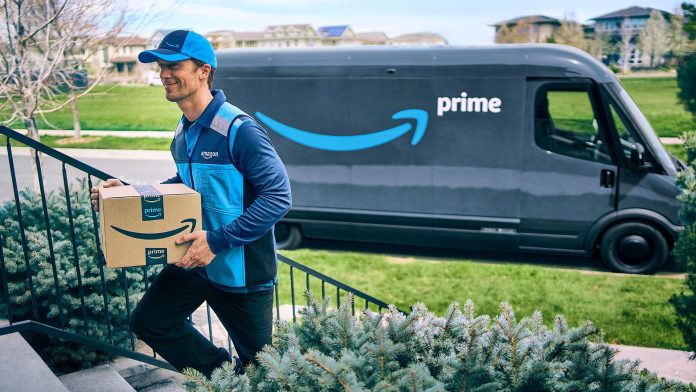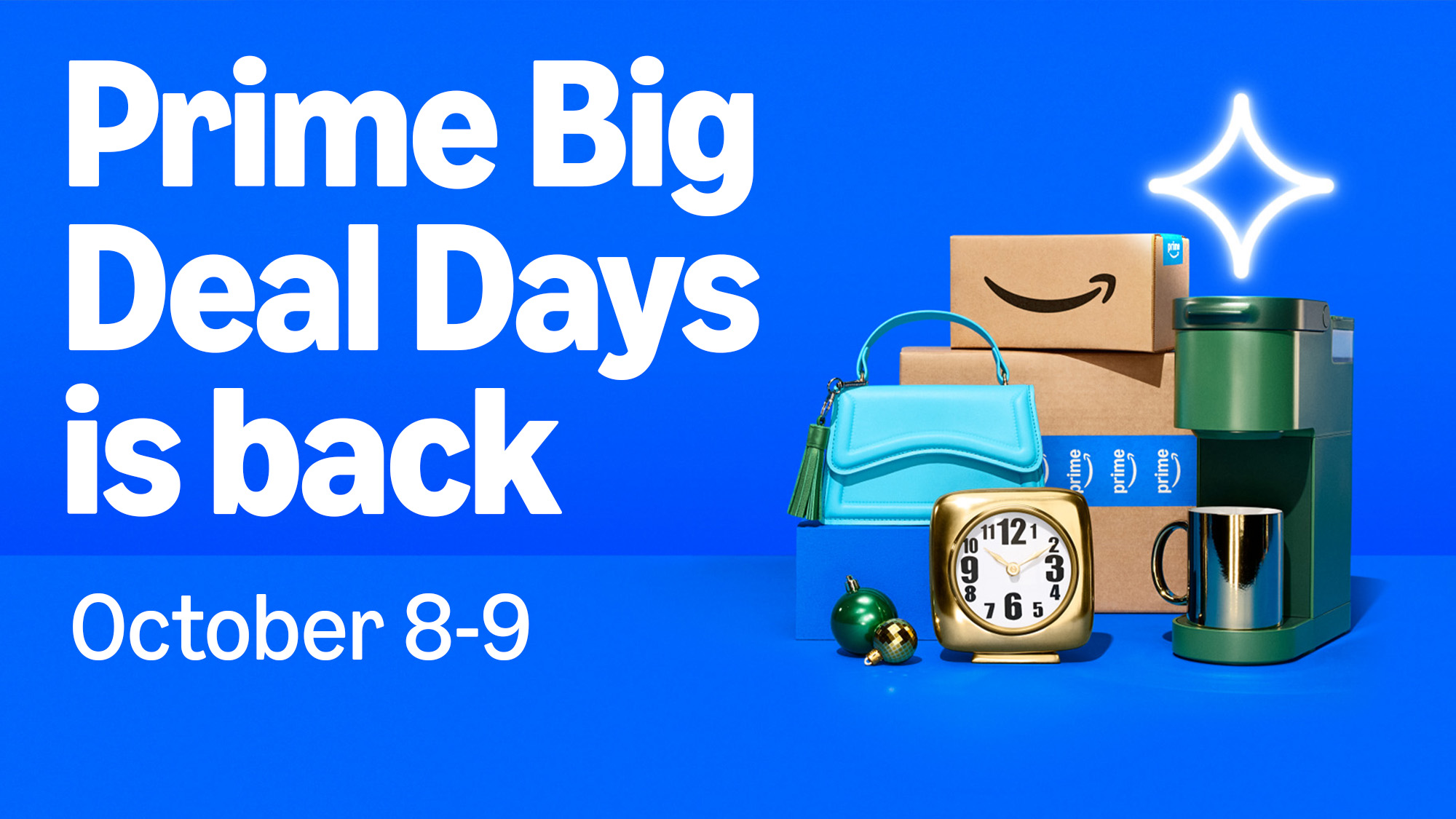Amazon’s renowned Prime Big Deal Days event returns Oct. 8-9, marking another exclusive two-day sales event for Prime members
Let’s explore the business behind Prime Day and why it’s evolved into its own retail holiday.
The History
On the eve of Amazon’s 20th birthday in July 2015, the e-commerce giant introduced Prime Day, an exclusive global shopping event for Prime members. Amazon wanted to create a sales event that would generate more revenue than Black Friday, and on July 15, 2015, the inaugural Amazon Prime Day did just that. Prime members ordered more than 34.4 million eligible items. Initially lasting for 24 hours, Prime Day was extended to 30 hours in 2017 and then to 48 hours in 2019, reflecting its growing importance and demand in the retail calendar.
It’s unclear if the masterminds behind Amazon Prime Day anticipated its success. Still, the company effortlessly created an annual event that quickly became a global shopping phenomenon, rivaling major retail holidays like Black Friday and Cyber Monday. What sets Amazon Prime Day apart is its exclusivity to Amazon, with no other company successfully replicating the scale and impact of the e-commerce giant’s biggest sales event.
The Impact
Amazon’s Prime Day events have significantly contributed to the growth of Prime memberships. The company reported that it typically attracts millions of new members following its Prime Day events. For instance, after the Prime Day event in July 2024, Amazon reported an 8% growth in Prime memberships globally, bringing the Prime network to over 180 million members.
Amazon introduced a second Prime Day event in 2020 and has since continued hosting two sales events a year. This shift began primarily due to the COVID-19 pandemic, which delayed the typical mid-year event to October that year. Since then, Amazon has hosted Prime Day sales events in July and October. The October events likely attract many holiday shoppers despite Amazon hosting smaller-scale sales closer to Christmas.
Every year, Amazon continues to generate record revenue from Prime Day events, and the company declared the first day of its July 2023 Prime Day as “the single largest sales day in company history.” While Amazon doesn’t disclose specific revenue figures from Prime Day events, it does share savings for Prime members. During the July 2023 event, Amazon reported that Prime members saved over $2.5 billion on more than 375 million eligible items purchased. The October 2023 event generated over $1 billion in savings, bringing total savings from Prime Day events in 2023 to $3.5 billion for Prime members.
So, what are people buying the most on Prime Days?
Consumers are most interested in purchasing smart homes and tech gadgets. Over the years, Amazon Echo devices, Fire TV Sticks, Instant Pots, iRobot Roomba vacuums, and Apple AirPods have been among the top five items bought on Amazon Prime Days. We may see a shift in trends following Amazon’s insights from the July 2024 Prime Day event, where fashion products emerged as the most popular category among purchases.
For the October 2024 Prime Day event, shoppers can anticipate significant deals on fashion, electronics, and home goods, with Amazon expected to frequently roll out new offers throughout the two-day event.
Article by: Michelai Graham







